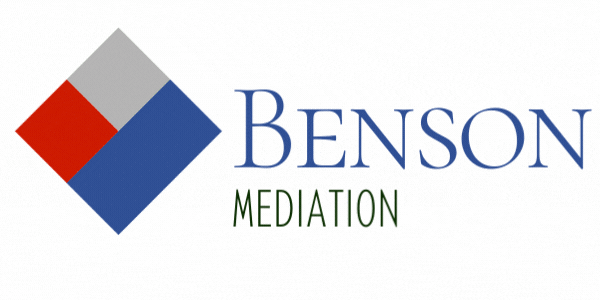WASTE NOT, WANT NOT
/It is an old cliché, but I think that it helps make an important point for lawyers to consider in preparing for a mediation. Don’t waste the many contributions your client can make when they take an active role in their mediation.
First, the qualifier or small print. Not everyone is a good negotiator, and that is true for clients and lawyers. But for today’s purposes, let’s focus on clients. Some people hate to have to negotiate about anything. They wish that life was like grocery shopping; who would even consider negotiating the price of bananas at Publix? And yet, they find themselves involved in a lawsuit where a negotiated outcome is, by almost any measure, the best (and only) alternative to a trial.
Inviting your client to partner with you in preparing for their mediation is the first order of business. This initial step is an excellent opportunity to demonstrate the ubiquitousness of negotiating and the importance of team building. Let the mediator’s explanation of mediation be the second time they hear it described. Mediation is an alien experience for many people, one that provokes anxiety and fear. Give them a real world take on what they can expect from you, from the other side and from the mediator. Mediators’ opening remarks often leave much to be desired and you want your client to be prepared. And allow me to digress: a good outcome in a mediation is NOT one in which everyone feels as if they got screwed. Instead, it is an outcome that makes sense; an outcome based on an understanding of the facts (both sides), the law and a thoughtful, realistic assessment of what’s possible. It also involves your client’s ability to put the controversy in perspective from both a short and long view.
The next step (and this is not an exhaustive matrix) is to understand the controversy - your view, your client’s view and the view of the other side. This gives you a better understanding of the issues in controversy and a way to order them in terms of their importance, both to you and them. You then have a clear idea of your client’s real expectations. That can lead to a conversation with your client about which of their expectations are central, which are not, and, from your perspective, which are attainable (unattainable) and why. If you or your client need additional information to fully understand the controversy, you can formulate a strategy to get the missing information. This all leads to you and your client walking into the mediation with an agenda.
The last element for today is the choreography, what are your opening remarks going to cover, what does your client want to say (and how best to say it), and your opening negotiating gambit. It is still, after more than 30 years, astounding to me how often clients show up at a mediation having given no thought to their second ask and seemingly shocked by the first offer. By the time the judge orders mediation or the parties agree to mediate on their own, everyone should know a lot about the case.
Mediation today is not improv theatre. There was a time in the distant past when lawyers tried cases flying by the seat of their pants. Today, you would not walk into a courtroom without being thoroughly prepared (just ask your malpractice carrier). Mediations require preparation, too.


